Navigating the digital world requires a solid understanding of your audience, and one group that's totally making waves is Generation Z—those born from 1997 to 2012. They're all about that digital life and crave authenticity, which is totally changing how businesses connect and market to them.
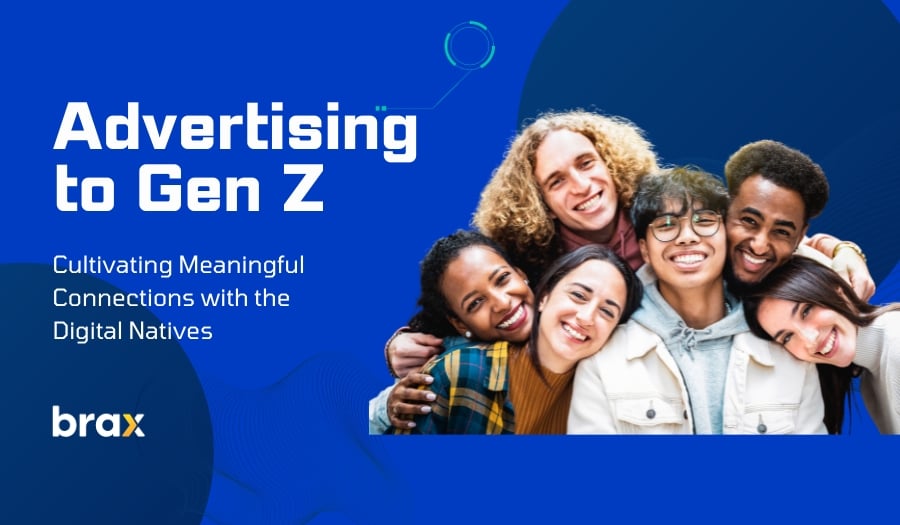
These digital natives, also known as the iGeneration, are redefining the game. They live online, shop with purpose, and love questioning the status quo.
Back in the day, advertisers slept on them because we were young and all. But now that many of them are legit adults (their term) and making their own buying decisions and influencing their families' purchase choices, businesses are starting to pay attention.
Want to engage with them? Well, catchy slogans and colorful visuals won't cut it anymore. If you're struggling to crack the code, don't stress! We've got your back and will drop some knowledge in this article to help you level up your marketing game.
Why Market to Gen Z?
Before we delve into the specifics of how to capture the attention of this vibrant generation, it's critical to understand the 'why' behind the marketing strategies. Why should we target Gen Z? What makes marketing to Gen Z a worthy investment of your time and resources? Let's dig deeper to uncover the compelling reasons behind it.
1. Immense Population
Gen Z, born between 1997 and 2012, represents a massive portion of the global population. According to the United Nations, they account for approximately 32% of the world’s 7.7 billion people, making them a significant demographic from a sheer numbers perspective.
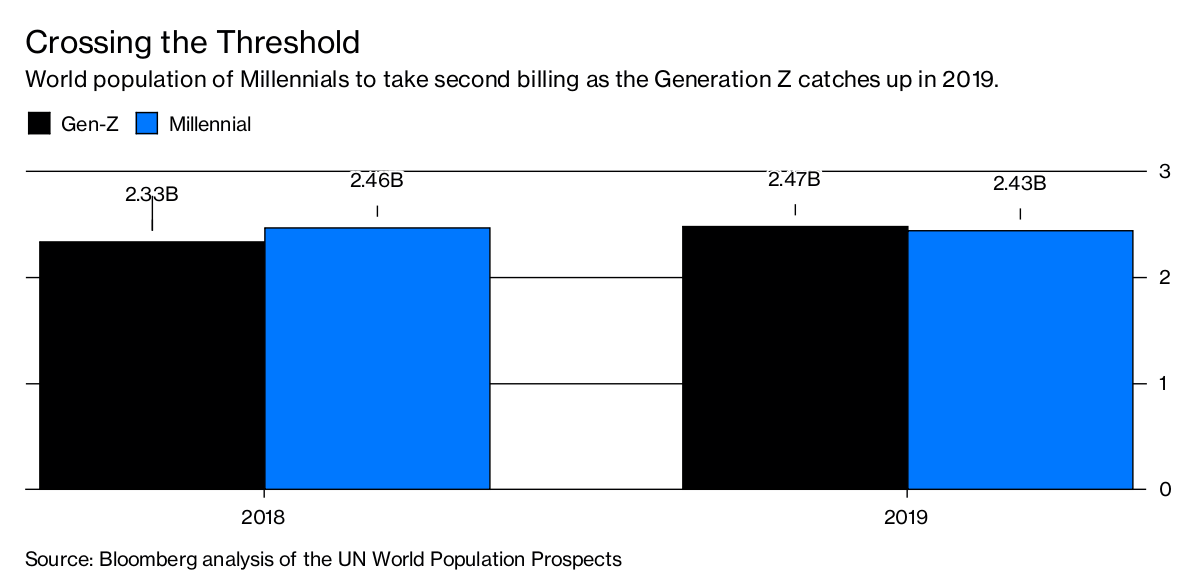
(image from Bloomberg.com)
If we narrow the scope and examine certain regions, the scale of Gen Z becomes even more apparent. In North America, for instance, Gen Z has taken up about 40% of all consumers in 2020.
Meanwhile, in Europe, reports suggest that Gen Z constituted nearly 35% of the population in 2020. Given these staggering figures, it's clear why advertising to Gen Z could prove to be a worthwhile endeavor for enterprises aiming to expand their influence and customer base.
2. Future Market Leaders
As the demographic cohort following Millennials, Gen Z will soon be the dominant generation of consumers, workers, and influencers in the market.
Come 2025, they'll make up about 27% of the workforce, so if you're in for the long haul and would like to work on your brand awareness and retention, now's a good time to start.
3. Growing Purchasing Power
According to Insider Intelligence, approximately three out of four Gen Z consumers prioritize immediate fulfillment over saving. So, if there's ever a generation that will pull out their wallets easily, this is it.
While Millennials still represent the largest group of consumers and Baby Boomers possess the highest buying power, Gen Z's spending power is rapidly ascending.
To top it off, Snapchat estimates Gen Z's spending power at over $450 billion in 2023.
Beyond their own purchasing power, Gen Z is also believed to influence an additional $600 billion in family spending (whether to give advice or to outright push for the spending).
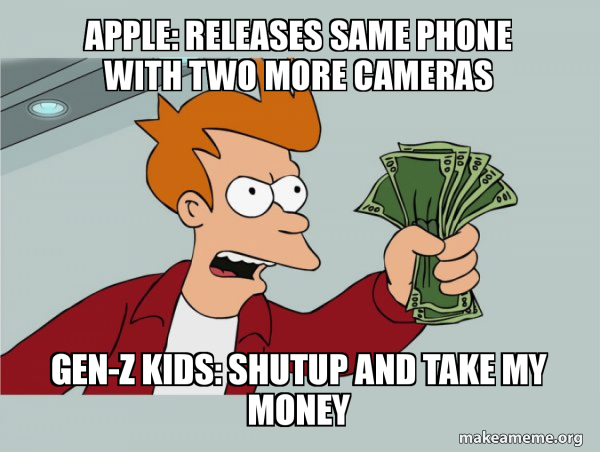
4. Digitally Active
As the first generation to grow up with the internet and digital technology from a young age, Gen Z is comfortable online and often turns to digital channels for shopping and product research. This is great as you won't have to explore other more expensive ways to market to them — they're already online, after all!
According to a study by The Center for Generational Kinetics, 68% of Gen Z read at least three reviews before making a first-time purchase. This also shows a reliance on the experience of others they only meet or read about online.
We've seen how important (and possibly profitable) it is to market to Gen Z, but do we understand who they really are?
Understanding Gen Z: Who are they really?
As the pioneers of the fully digital age, Gen Z exhibits unique consumption tendencies and values.
Businesses that can decode these behaviors can fine-tune their advertising methods to better resonate with this audience, thereby enhancing engagement and conversion rates.
They:
1. Are Reliant on Social Media Influence
Gen Z's dependency on social influence is unlike any other generation before. They heavily use these platforms not just for communication but also for brand discovery.
The power of their peers’ opinions online cannot be overstated; they trust and value these opinions greatly, often basing their purchasing decisions on peer reviews and recommendations.
Beyond being mere consumers of content, Gen Z individuals are also content creators, influencers, and trendsetters in the digital world. They are active on diverse social media networks, ranging from platforms like TikTok and Instagram to streaming services and gaming networks.
Their content creation is multifaceted and dynamic, often shaping trends and driving discussions in the online sphere.

Their ability to seamlessly navigate the virtual world and their active participation in it is a testament to their digital literacy and adaptability. Businesses looking to connect with this generation must understand this digital landscape and the influential role that social media plays within it.
It's clear that marketing strategies aimed at Gen Z must prioritize social media engagement, peer recommendations, and influencer marketing.
2. Are Value-Driven Consumers
Generation Z knows that "brand popularity" and "product functionality" are so last season, so they choose to support businesses that align with their values and beliefs. Social responsibility, sustainability, diversity, and inclusion are their jam!
They want companies that take a stand on the issues they care about. Talk about putting their money where their values are! This generation is woke to global issues and wants to make a positive impact, even with their shopping habits.
So, businesses who want to tap this market should step up. If you want to attract the iGen, you must be transparent, show commitment to society, and embrace sustainability and inclusivity.
3. Prefer Authenticity
Raised in a world saturated with advertisements, Gen Z has developed a discerning nature when it comes to brand messaging. The constant exposure to marketing and advertising has honed their ability to differentiate between authentic and superficial brand narratives.
Gen Z's need for authenticity stems from their desire for trust. Trust, for them, is built on transparency and honesty. They appreciate brands that are forthright about their practices and products. Misleading or exaggerated claims can easily erode this trust, leading to a loss of loyalty.
4. Desire (or even Expect) Personalization
This is a generation that grew up with Netflix recommendations and Spotify playlists curated to their taste. They don’t just appreciate personalized experiences—they demand them!
But here’s the twist: while Gen Z loves personalization (who wouldn't love a playlist that knows your mood better than you do?), they are also fiercely protective of their privacy.
It's like they're saying, "Sure, show me ads for those trendy sneakers I was eyeing, but don't you dare peek into my personal information!"
You see, Gen Z are not just tech-savvy — they're tech-smart. They've got their digital shields up, clearing cookies like they're crumbs off a table, using anonymous browsers like they're incognito superheroes, and encrypting their communications like they're secret agents. It's their way of maintaining control in a digital world that's always watching.

5. Have High Expectations of Brands
Growing up in an era of rapid technological advancement, they are accustomed to having information at their fingertips and services delivered instantly. This has shaped their consumer expectations significantly, leading to a demand for seamless and high-quality customer experiences from brands.
Gen Z's digital upbringing has given them a taste for speed and efficiency. They expect brands to be responsive, providing quick and accurate responses to queries and concerns.
6. Financially Savvy
Gen Z's financial habits were significantly shaped by their experiences growing up during the Great Recession (late 2007 to mid-2009). They witnessed its impact on their families and communities, leading to a heightened awareness of economic hardships.
This experience instilled in them the importance of financial stability, making Gen Z a generation of pragmatic and careful spenders. Despite their younger age, they exhibit financial behaviors that are more akin to their grandparents' generation than to millennials.
They have an innate understanding of the value of money and the importance of saving. They are more likely to compare prices, look for deals, and think twice before making a purchase. They also appreciate brands that offer cost-effective solutions without compromising on quality.
7. Short Attention Span
In a world bombarded with a seemingly endless flow of information, Gen Z has adapted by developing a short attention span.
Accustomed to scrolling through newsfeeds and skipping through videos, they favor bite-sized, visual content that offers quick and concise information.
This is a generation that can be summed up in a phrase: "five words and an image". They expect brands to deliver engaging, visually appealing content that can grab their attention in an instant and communicate a message in the blink of an eye.
8. Skeptical Towards Traditional Advertising
Gen Z carries a healthy skepticism toward traditional advertising methods. Print ads, TV commercials, banner ad campaigns, pop-up ads, and similar digital ads don't carry the same weight with this generation as they might have with their parents or grandparents.
In line with their skeptical attitude towards advertising, many Gen Z consumers opt to use ad blockers on their digital devices. This trend presents a significant challenge for advertisers aiming to reach this generation through conventional types of online advertising.
We have a solution for this dilemma, and that's native advertising.
The Power of Native Advertising
Native advertising emerges as a powerful strategy for reaching and resonating with Gen Z, a generation often aloof to usual advertising channels.
Unlike typical digital ads, native advertising seamlessly integrates into the user experience, making it less intrusive and more likely to engage this tech-savvy generation. It's this inherent subtlety and relevance that makes native advertising particularly effective in breaking through the digital shields of Gen Z.
Learn more about native advertising here.
Why is native advertising effective for Gen Z?
According to research by CM Group, 35% of Gen Z consumers stated that even though they dislike most ads today, they are fine with native ads. They said it outright. This is a telling factor in their advertising preferences that cannot be ignored.
Let's unpack the reasons behind this notable percentage, breaking down the unique attributes of native advertising that resonate particularly well with the Gen Z demographic.
Authenticity and Diversity
Rather than exhibiting polished, unrealistic portrayals often found in traditional advertising, native ads tend to feature "real" people, real situations, and genuine narratives.
This authenticity resonates with Gen Z, as it aligns with their preference for transparency and truth.
Furthermore, Gen Z's heightened sense of social awareness leads them to appreciate advertising that showcases diversity, mirroring the multi-faceted reality of our society. Native ads often embrace this diversity, featuring individuals of varying ethnicities, ages, genders, body types, and lifestyles, thereby striking a chord with this socially conscious generation.
These relatable portrayals not only engage Gen Z consumers but also foster a sense of connection and trust in the brand.
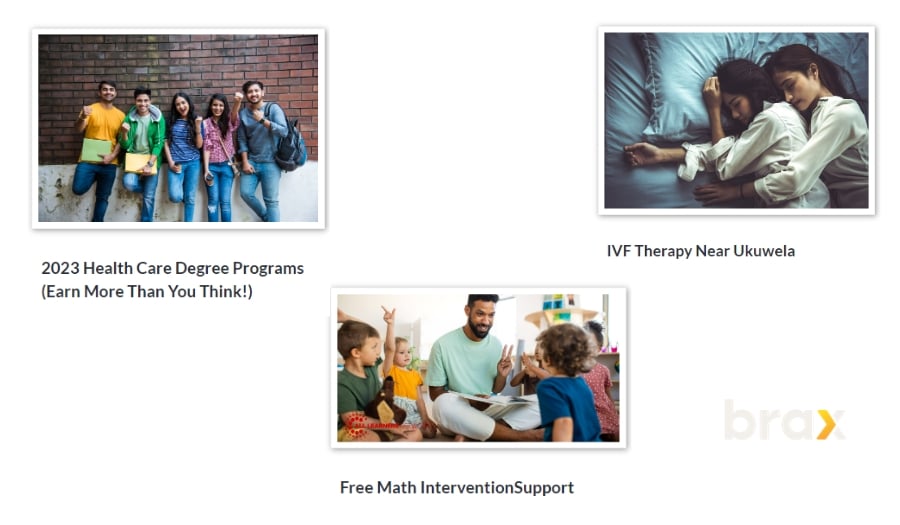
Non-Intrusive Nature
Native advertising stands out for its non-intrusive nature, which aligns seamlessly with the Gen Z preference for a smoother, less disruptive user experience.
Unlike conventional advertisements that are very "in-your-face" and interrupt the consumer's engagement with content, native ads integrate harmoniously into the digital environment in which they're placed. This subtle integration makes native ads less likely to be disregarded, as they don’t immediately read as ads, enticing Gen Z users to engage with them more readily.
They come across as part of the content rather than an intrusive addition, therefore, they are less likely to annoy or turn off the audience.
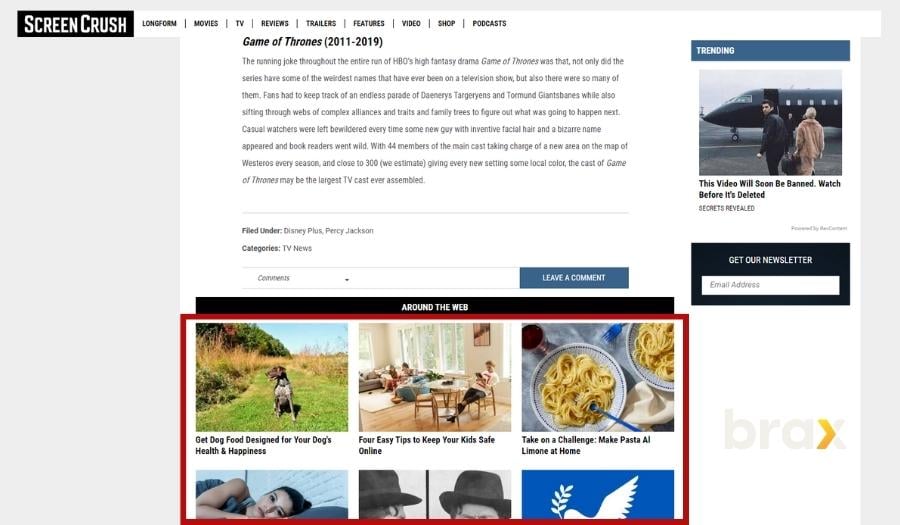
Compared to banner ads, which are often instantly recognizable as promotional content and thus more likely to be ignored or bypassed, native ads are designed to blend in with the surrounding content. This helps avoid ad blindness (if the user hasn't enabled ad blockers yet).
Its seamless blend adds a sense of familiarity and cohesiveness that makes it more appealing to the Gen Z demographic, who are accustomed to consuming content in a fast, fluid manner.
Moreover, native ads often provide valuable and related content to what the user is already consuming, which increases the likelihood of capturing their attention. This relevance of content further appeals to Gen Z's preference for personalized and meaningful interactions with brands, setting native advertising apart from traditional, disruptive advertising methods.
Cost-Effective
There are several reasons as to why native ads can be cost-effective for advertisers when promoting to the iGen.
First, it's because native ads are typically paid on a Cost-per-click or CPC basis. This means if the user doesn't click, the ad will not be paid.
The goal is, of course, to get a lot of clicks and engagements, right? However, this can be easily solved with the second point—native ads allow for better targeting. Many native advertising platforms offer precise targeting options, enabling brands to reach specific segments of the Gen Z demographic based on their interests, online behavior, and more.
(Note: For more details on how you can properly target users, check out our native advertising targeting guide.)
The more relevant ads are to a user, the more likely they will click. And with higher CTRs mean better traffic and lower CPC since native ad networks favor ads with high CTRs.
To make sure you are doing the right thing when it comes to native ads, there's no better way than to use a native advertising management tool like Brax.
With Brax.io, advertisers can effortlessly monitor and optimize their native ads campaigns through a user-friendly dashboard, ensuring maximum reach and engagement. The platform's analytics feature provides valuable insights, allowing you to make data-driven decisions to enhance performance. Get ahead of the game and sign up for a demo with Brax.io today, and experience firsthand the power of data in optimizing your native advertising campaigns.
Tips and Examples for Promoting to Gen Z
Now, it's time to turn our attention to practical marketing strategies and real-life examples of native ads marketing to Gen Z audiences.
Interactive and Engaging Ads
Gen Z loves to play just as much as they love to scroll.
Advertisers, take note: you want to get their eyeballs glued to your ads? It's game time!
Gamification is key. We're talking ads that aren't just in their face, but in their hands—interactive, fun, and highly engaging.
Think about it: quizzes that help them discover the perfect product match, mini-games that make them the hero of your brand's story, or clickable infographics that reveal juicy nuggets of information.
It's all about creating that "OMG, this is so fun, I gotta share this with my squad" kind of experience.
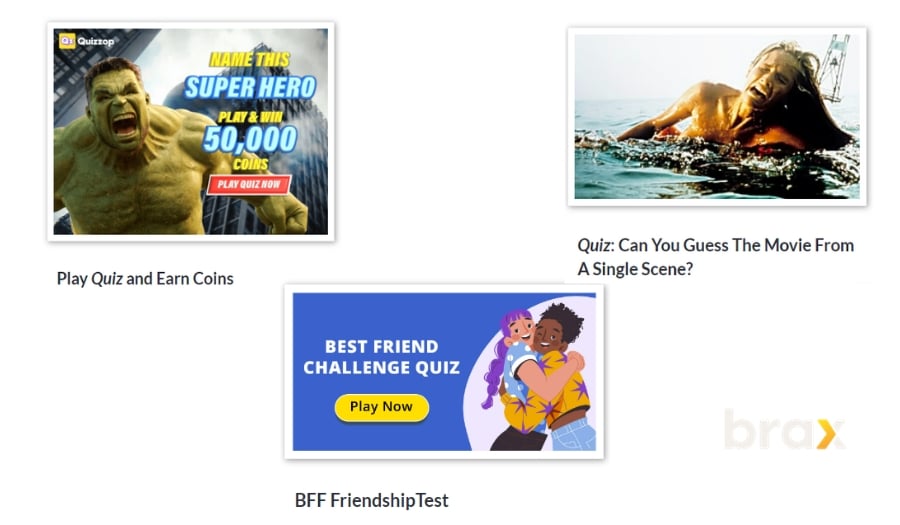
And remember, Gen Z loves a challenge. So, you've got to up your game. Make it competitive. Leaderboards, badges, rewards – these are the ingredients for a gamified ad that Gen Z won't just click on but will actually play and share. Bet you didn't think ads could be this fun, huh?
In a nutshell, if Gen Z were to swipe right on your ad, it's gotta be more than just a pretty face. It's got to have personality, it's got to be engaging, and it's got to be fun.
Nudge their Fear of Missing Out
Let's get this straight: Gen Z doesn't just want to watch; they want to participate! They're all about that FOMO—Fear of Missing Out. They want in on the action.
So, instead of passively feeding them information, get them to actively engage with your content. The more they interact, the more they connect, and the more they remember your brand.
The Fear of Missing Out (FOMO) is a widely recognized psychological phenomenon, especially prominent among the Gen Z demographic. This generation is deeply connected to the digital world, where they constantly receive updates about others' experiences and accomplishments, often leading to a fear of missing out on experiences, information, or opportunities.
Examples would be presenting limited-time offers, exclusive content, trends, or unique experiences that can efficiently drive the Gen Z audience to take immediate action.
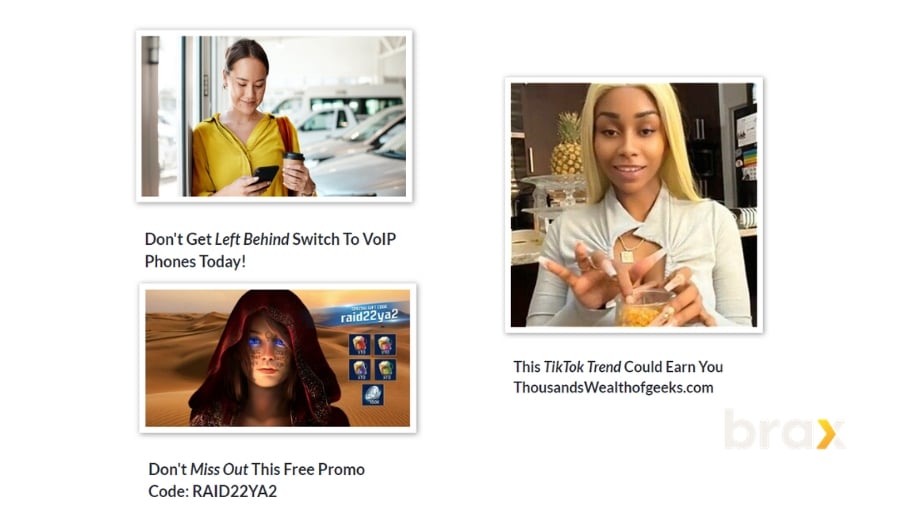
Weave Your Social Cause into a Story
Gen Z has a keen interest in social issues, and they are often drawn to brands that align with their values. To attract this demographic, your brand's social cause should be authentically woven into your storytelling.
When weaving your social cause into your brand’s narrative, it's essential to remember that storytelling is more than just stating facts — it's about connecting on an emotional level.
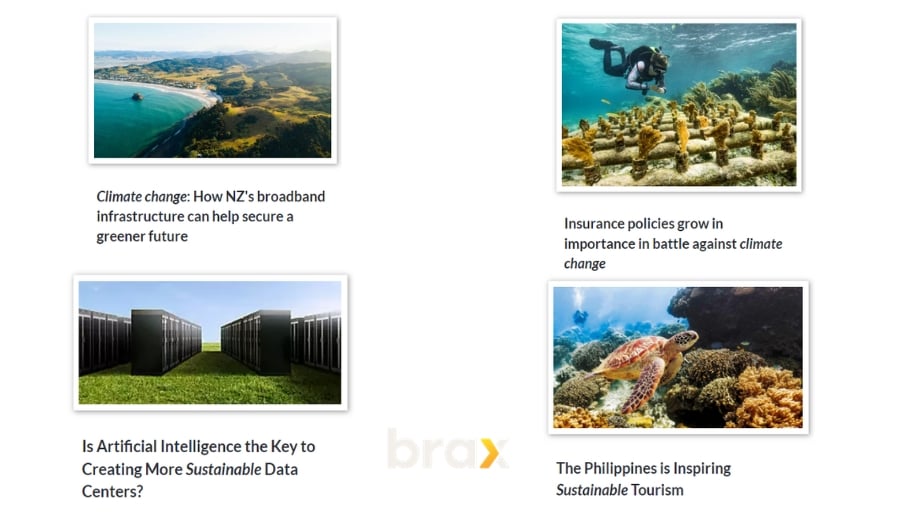
If you would notice with most of the ads above, you won't exactly see that anything is being promoted here.
When you click on the ad and get sent to its landing page, you will see that the advertiser really talks about what's stated in the ad, and then smoothly flows into a service or product that can help solve the issue or social cause mentioned.
Speak their Language
Alright, let's get real here. If you want to vibe with Gen Z, you gotta speak their language (like what we're doing in this very section).
We’re not just talking about casual, informal speak; we’re talking about the slang, the abbreviations—the whole Gen Z dictionary. This is about mastering the art of 'clapback', knowing when something 'slaps', and passing the 'vibe check'. And remember, IYKYK (if you don't understand this, it's time you do your research).
Using Gen Z lingo can help you resonate with this audience on a whole other level. It's like you're not just another brand trying to sell something, but more like a friend who gets them. It helps you show that you understand their world, their trends, and their way of communicating.
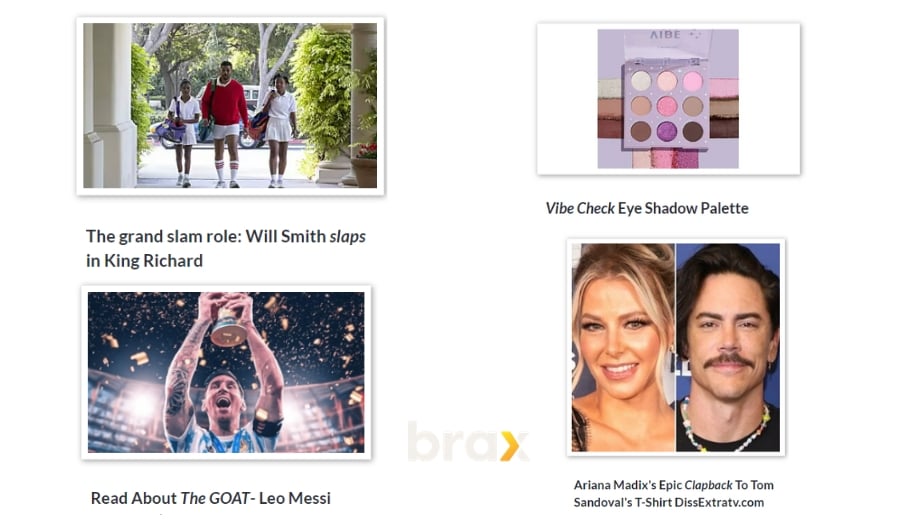
But a word of caution here: you gotta be authentic, fam.
You can't just randomly drop a "slaps" or "clapback" in your ad copy and call it a day. You've got to understand the context, use it appropriately, and make sure it aligns with your brand voice. Overdoing it or using Gen Z slang incorrectly is a surefire way to seem inauthentic and out of touch.
So, in a nutshell, take some time to understand Gen Z lingo, use it authentically, and watch your engagement levels soar. When you do, you might actually become the GOAT in advertising to them!
Keep It Real, Keep It 20s
If you're aiming to charm Gen Z, you gotta be super clear about who your ad is for. Make sure to drop some breadcrumbs for Gen Z to follow.
We're talking age-related cues here. Be explicit, shout it out loud and clear: "This one's for you, 20-year-olds and above!"
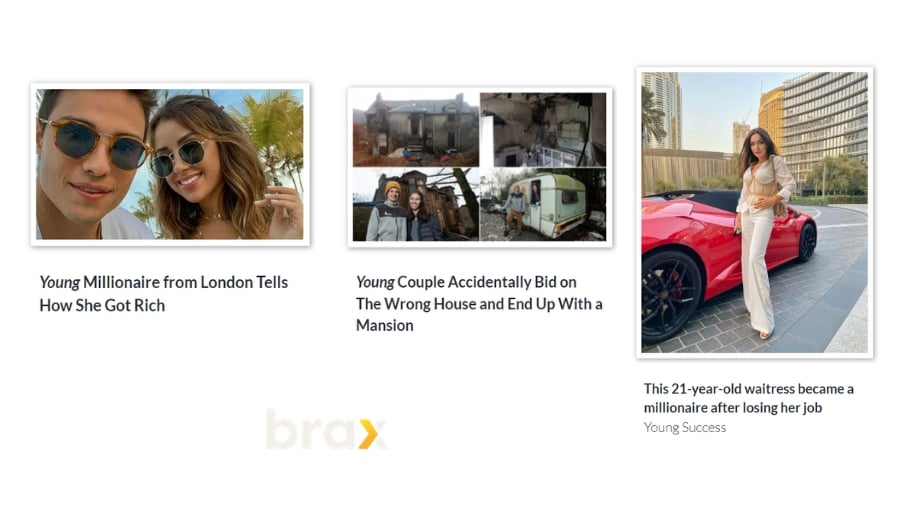
So, here's the tea: when you explicitly state your age group and tailor your content to their unique experiences and challenges, you're not just another brand trying to sell a product. You're a friend who gets it. And trust us, Gen Z can't resist that!
Oh, and one more thing when it comes to keeping it real: utilize user-generated content. Images that look like selfies or that they've been taken using a camera phone would look more convincing than professional photos.
Go Mobile-First
Smartphones are not merely communication tools for them; they are a lifeline, a portal to their social circles, a platform for self-expression, and a source of endless entertainment. In fact, it wouldn't be an exaggeration to say that these devices are virtually an extension of their identities.
This generation is known for their multi-tasking abilities, often toggling between multiple apps and screens at once, which makes mobile advertising an essential Gen Z marketing strategy. This will not only allow for greater reach and engagement but will also enhance the relevancy and impact of your ads. Remember, for Gen Z, mobile isn't just a convenience — it's a way of life.
Conclusion
With this deep dive into the Gen Z universe, armed with hella fresh tips and legit examples, you're all set to tap into their world and vibe with your marketing strategies.
No cap — it's all about understanding their values, speaking their language, and most of all, keeping it real.
But remember, if you're looking to finesse your approach with other age groups, we've got you covered, too. Check out our articles on marketing to Baby Boomers and reaching Millennials to see the difference.
And remember, stay lit!

